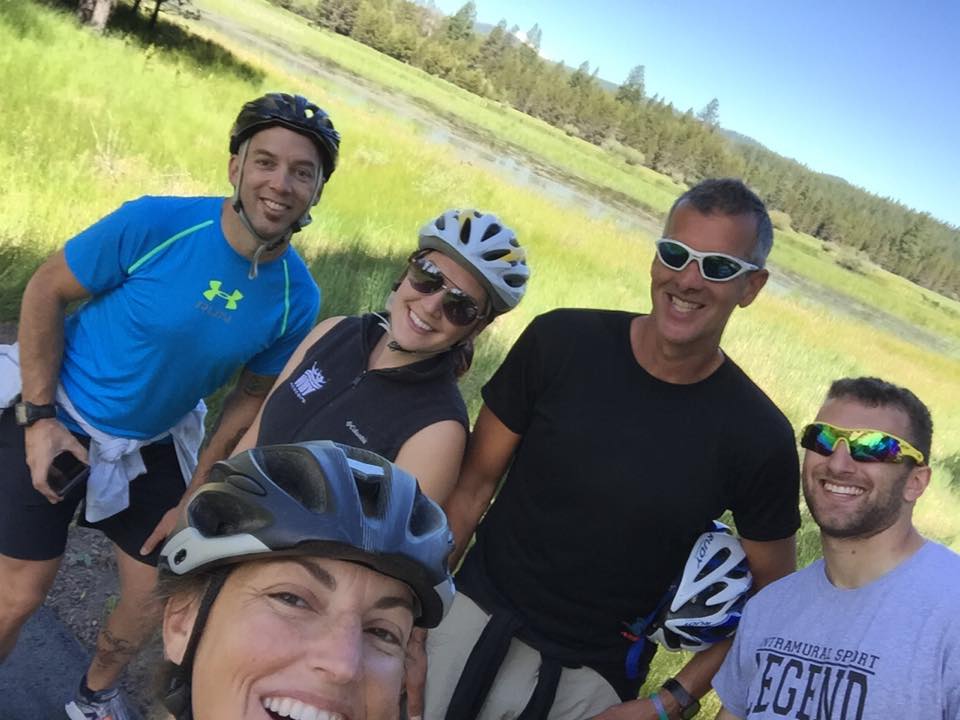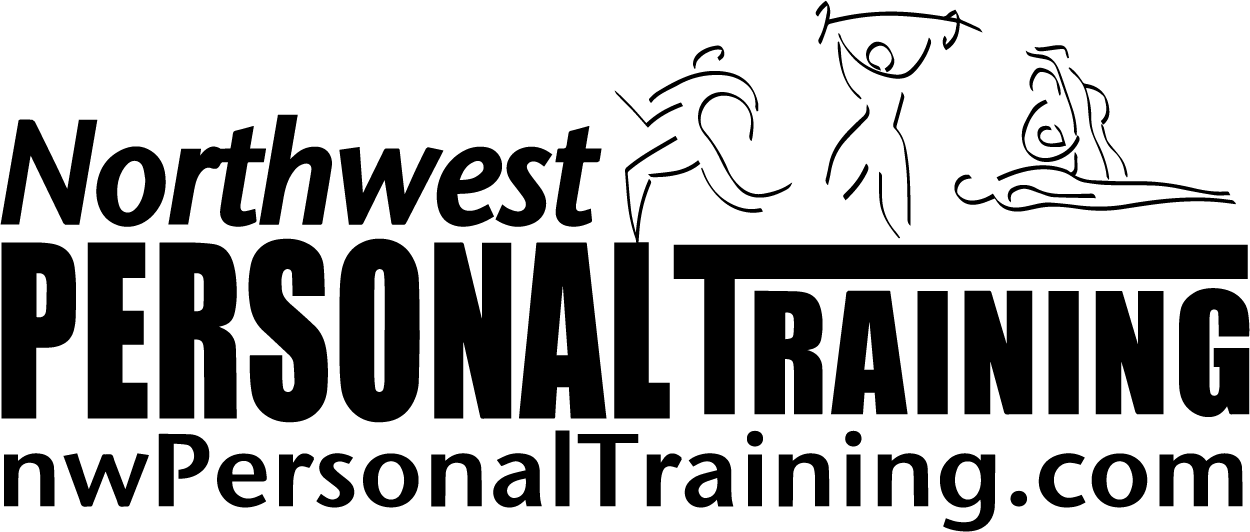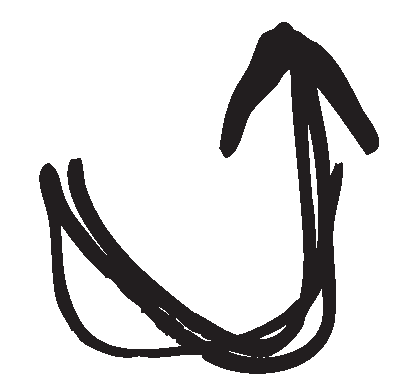 Last week we talked about the importance of moving your body and how to make that commitment. Once you figure out the WHY, the WHAT is the easy part. So today, here are some specifics to make sure you include in your weekly workout routine.
Last week we talked about the importance of moving your body and how to make that commitment. Once you figure out the WHY, the WHAT is the easy part. So today, here are some specifics to make sure you include in your weekly workout routine.
Cardiovascular Exercise
Will improve your heart, lungs, circulatory system, muscles, bones – ok, let’s just say, it will improve your total body’s physiology. Ideally, you need to perform sustained cardio for a minimum of 20 minutes using aerobic activities like walking, running, biking, swimming, dancing or hiking to improve your endurance. You also need to perform high intensity interval training to improve your speed. Typically, each week you should include 1-2 cardio workouts that are long and slow to develop your aerobic system and 1-2 cardio workouts that are hard and fast but short to challenge your anaerobic and higher intensity system. So each week, schedule easy, moderate and hard workouts that are long, medium and short in duration to challenge all energy systems.
Cardio is like a shower for your cells. We take a shower every day to remove the dirt and residue from our external bodies well, let’s not forget our internal bodies and wash away all those toxins inside of our bodies by getting a good sweat.
Muscle Conditioning Exercise
You need to challenge your muscles with load by lifting weights, moving your body against gravity or using other resistance training tools.
Many physiologists agree that muscle conditioning is the true fountain of youth and a key component to sculpting your body.
Just like cardio and the importance of including long and slow and fast and hard workouts, you should also lift heavy weights sometimes with less reps to develop strength but also lift lighter resistance with more reps to improve your muscle endurance. Staple exercises to include in your program are Squats, Lunges, Step-ups, Pulls/Rows, Presses/Pushups, and Core conditioning. Some activities like climbing will naturally provide a good amount of muscle conditioning against load.
Don’t forget to sign up to automatically receive my latest blog posts in you inbox…..right up here!
Flexibility
As we age, we lose elasticity in our tissues so if you are tight to begin with you are going to become even more rigid as you get older which will negatively affect your quality of movement, your postural alignment and risk for injury. Effective flexibility is possessing a potent combination of adequate pain-free motion at a joint and stability and integrity at that same joint. You can definitely be too tight affecting your movement quality and likewise, you can be too flexible or hypermobile if you have no strength to support movement at your joints. So incorporating muscle release, range of motion and stretches to typically tight areas like your hamstrings, hip flexors, calves, glutes, chest, shoulders and upper back is critical. Attending a Yoga, Pilates or Foam Rolling class one to two times per week can be very helpful.
Daily Movement
If we moved our bodies more throughout the day, we wouldn’t have to spend hours at the gym. So, incorporate more stairs, park at the furthest parking spots, walk to do errands, stand more than sit, schedule active quality time with your loved ones…just make a more conscious effort to move your body as much as you can.
An important point to leave you with is to workout NOT so that you can love your body but workout BECAUSE you love your body!
Can you see the difference?!
Yours in Health & Fitness,
Sherri McMillan

